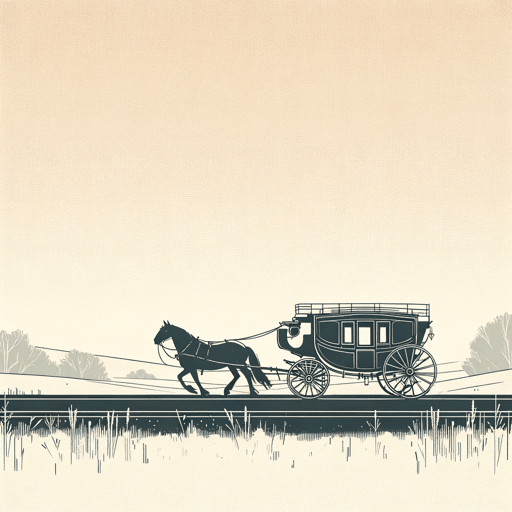67 pages • 2 hours read
Rachel BeanlandThe House Is on Fire
Fiction | Novel | Adult | Published in 2023A modern alternative to SparkNotes and CliffsNotes, SuperSummary offers high-quality Study Guides with detailed chapter summaries and analysis of major themes, characters, and more.
Background
Historical Context: The Richmond Theatre Fire of 1811
The House Is On Fire deals with the Richmond Theatre Fire of 1811 and its immediate aftermath. It was the largest non-wartime loss of life that the United States had experienced to that point, and many important American political figures were in attendance. These included George William Smith, the Governor of Virginia; Abraham B. Venable, a former US Senator; Benjamin Botts, the lawyer who defended Aaron Burr in his trial for treason; and Louis Girardin, a local intellectual. Smith, Venable, and Botts died in the fire, while Girardin lost his wife and son. The theater was only a year old and was built after the previous theater on the site burned down (with no casualties). It was built with little regard for fire safety, and the lack of insulation and exits made the fire quick-spreading and difficult to escape.
As detailed in the novel, the Placide and Green Company did initially try to blame the fire on a supposed revolt started by enslaved people before the official story came out. The stratification of Richmond society between Black and white, enslaved and free, was extreme, and the context of the fire was that it happened in a society that could only exist due to the subjugation of an entire group of people.


